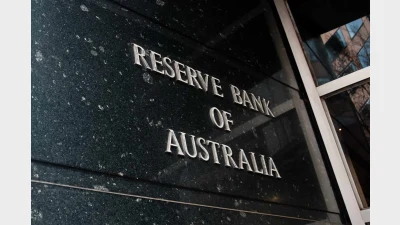RG97 fundamentally flawed: ISA



Industry Super Australia (ISA) has called on the Government to defer the implementation of the corporate regulator’s new Regulatory Guide 97 (RG97) on new fee and cost disclosure rules to take effect in less than a week.
ISA said RG97 was fundamentally flawed, created risk to investors, and provided substantial advantage to some funds over others.
ISA commissioned a report by SuperRatings that found that the inconsistent treatment of investment vehicles under RG97 would contribute to a lack of comparability, and created risks to investor understanding.
The report said the different disclosure mechanisms for platforms and super funds could mislead an investor into believing a platform investment was cheaper when it might be more expensive.
SuperRatings said this “lack of simple comparability” was one of its biggest concerns.
ISA said the new disclosure rules meant that if a consumer invested through a super fund, all fees and costs were disclosed in one place, including indirect costs. However, if a consumer invested through a super fund that uses a platform, they might need to scrutinise multiple Product Disclosure Statements to calculate fees and costs.
ISA said ASIC was optimistically relying on the wealth management industry (including bank-owned super funds) to not make direct comparisons between super funds that utilise platforms or not – and for consumers to work out for themselves the combined effect of multiple disclosure documents.
ISA public affairs director, Matthew Linden said: “Over $500 billion is invested through platforms, which are typically owned by banks and wealth management groups and used by financial planners”.
“The new super rules are more likely to mislead consumers than help them. It is time for the Government to step in, otherwise super fund members across the country could be misled.
“This is a litmus test for the Government that claims to be on the side of super fund members, of favouring the retail and bank-owned super funds.”
ISA called on the Government to defer the implementation of RG97 until it could guarantee full disclosure by reversing the exemptions on platforms and intermediary trusts investing in real property or infrastructure.
Recommended for you
The central bank has announced the official cash rate decision for its November monetary policy meeting.
Australia’s maturing superannuation system delivers higher balances, fewer duplicate accounts and growing female asset share, but gaps and adequacy challenges remain.
Global volatility and offshore exposure have driven super funds to build US-dollar liquidity buffers, a new BNY paper has found.
Less than two in five Australians are confident they will have sufficient assets to retire and almost three-quarters admit they need to pay greater attention to their balance, according to ART research.









